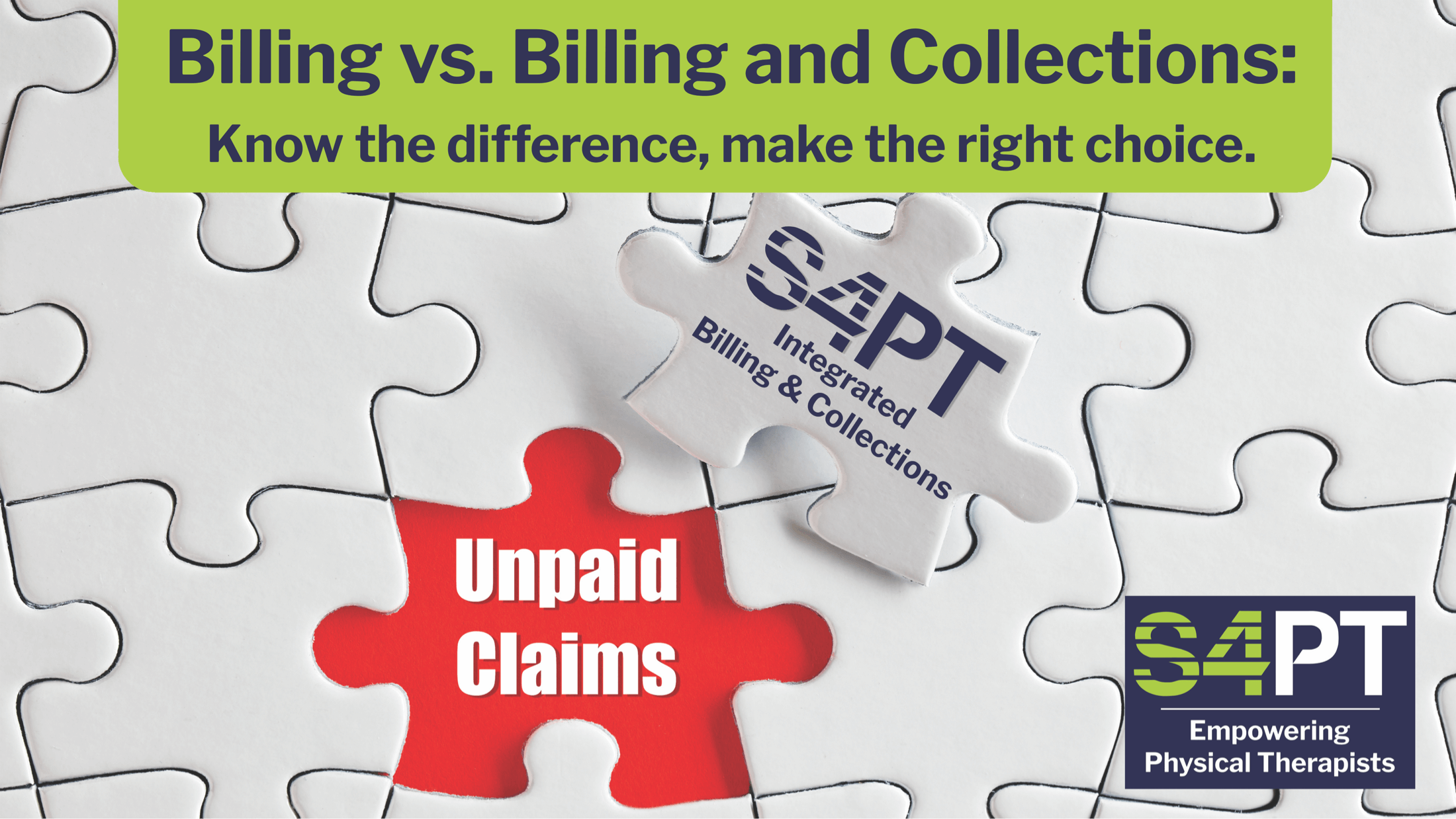
Why S4PT is the Best EMR for Physical Therapy Practices
As a physical therapist, you know how vital it is to streamline your billing process, focus on patient care, and achieve financial stability for your practice. At S4PT, we understand these challenges firsthand, so we have built our reputation as the leading solution for physical therapists. We take immense pride in offering three compelling reasons why S4PT stands out as the best EMR for physical therapy practices.
Billing is in our DNA.
In 2003, S4PT was founded with a clear objective: to develop an automated software suite to revolutionize physical therapy billing. Fast forward to today, and our commitment to efficient billing remains stronger than ever. With over 15 years of experience, we have fine-tuned our system to achieve an impressive 90% success rate on first-claim submissions. On average, our clients receive payments within two weeks, allowing you to maintain a healthy cash flow and focus on delivering exceptional patient care.
Imagine the relief of receiving payments in as little as 10 or 12 days for Medicare and Blue Cross Blue Shield claims. With S4PT by your side, you can leave the stress of billing behind and concentrate on what you do best – healing and transforming lives.
Employee-Owned, Client Focused
At S4PT, our success is intrinsically tied to yours. As an employee-owned company, every individual working at S4PT is invested in our clients’ achievements. We share a common goal: to see your practice thrive. Unlike institutions owned by banks or investment firms, our decisions are always driven by your best interests, ensuring a service that aligns with your needs.
Knowing that your success directly impacts the well-being of the team at S4PT should give you confidence in our unwavering dedication to supporting your practice and driving your success forward.
Fair Pricing, Unmatched Value
The rising costs in the healthcare industry can be overwhelming, but with S4PT, you don’t need to worry about hidden fees or complicated pricing structures. We keep it simple and transparent with a flat percentage rate of collections. This means we only get paid when you get paid. Our focus lies in maximizing your revenue and ensuring you receive the highest possible reimbursements. When you succeed, we succeed.
Unlike other physical therapy EMRs that constantly find ways to increase your costs with various fees, we find ways to help you earn more. Our fair pricing model is a testament to our commitment to your financial well-being and the growth of your practice.
A Partner you can Trust
Your physical therapy practice deserves a partner that understands your needs, values your success, and offers unmatched value. With S4PT, you can be confident that billing efficiency is at the heart of what we do. Our employee-owned approach ensures that our team is genuinely invested in your practice’s prosperity, and our fair pricing structure saves you from unnecessary financial burdens.
Take the next step in elevating your practice to new heights with S4PT. Experience the difference of having a dedicated partner that puts your success first. Let us handle the billing while you focus on transforming lives through your exceptional care. Reach out to us today for a free demo and embrace the S4PT advantage. Together, we’ll make your practice stronger than ever before.
More Articles by Systems4PT
Real Cost of a Billing/EMR Solution for PT Practices
The Real Cost of a Billing/EMR Solution for...
Value Based Care is the future of healthcare reimbursement.
Value-Based Care is the Future of...
Billing vs Billing and Collections for Physical Therapy
Billing vs. Billing and Collections: Know...




